The relationship between humans and machines has evolved at an extraordinary pace in recent years.
From the early days of bulky computers to today’s personal devices like smartphones and smartwatches, we’re witnessing a shift toward increasingly integrated technologies in our daily lives. This integration goes hand in hand with growing personalization: devices no longer just address general needs, they now adapt in a precise and intimate way to individual preferences. It’s a kind of “natural evolution” toward deeper technological intimacy.
How can we move beyond the technical solution to bring humans and machines closer together?
Our answer lies in a strategic and methodical approach.

Green AI: Responsible artificial intelligence is also frugal
See moreAt the heart of this transformation lies artificial intelligence (AI), which has long been associated with managing and analyzing complex data. But the emergence of technologies like ChatGPT has revealed a very different kind of revolution — one few had anticipated.
Rather than simply advancing machines’ ability to process information, ChatGPT marks a fundamental shift in the way we interact with technology.
The real breakthrough isn’t in AI itself, but in the evolving nature of human-machine interaction, enabling richer, more intuitive and more personal experiences.
This article dives into the convergence between AI and user experience, exploring the practical strategies, challenges and opportunities it brings.
Through a detailed analysis, we examine how AI can simplify and enrich digital interactions, creating more meaningful and empathetic connections between users and technology.
From redefining objectives to building a structured framework for successful integration, and addressing the nuances of AI interaction design, this article aims to be a guide for navigating the complex and ever-evolving landscape of AI in user experience.
Join us as we explore AI as the new face of user experience, and discover how this technology is helping shape the digital future.
Artificial intelligence and ChatGPT: a paradigm shift
Before we dive into user experience, it’s worth remembering that artificial intelligence is often surrounded by mystery and hype.
Yet behind the sensational headlines lies a much more practical and accessible reality.
AI is far from a monolithic concept. It spans a wide range of applications, from processing complex data to enhancing our everyday interactions with technology.
Background AI vs. interface AI
Historically, AI has operated behind the scenes, focusing on data processing, process optimization and the quiet improvement of efficiency — what we might call “background AI”.
These systems typically work without direct user interaction, such as the recommendation algorithms used by streaming platforms or the automated systems that manage real-time financial transactions.
Their goal is to boost efficiency and reduce costs, often without the user even realizing they’re there.
Today, we’re witnessing the rise of “interface AI”, driven by major breakthroughs in language technologies, large language models and GPT-based systems.
Unlike background AI, interface AI is designed to engage directly with users.
This shift from behind-the-scenes systems to visible, interactive applications marks a significant turning point in how AI is perceived.
It’s no longer just about machines doing fast calculations or complex systems analysing data out of sight.
It’s about digital partners that enrich, simplify and personalise our everyday interactions with technology.
This evolution signals a new stage in our relationship with AI — from an invisible force to an interactive agent actively shaping our digital environment.
The ChatGPT phenomenon

When it was released at the end of 2022, ChatGPT was built on a two-year-old technology. And yet, it was widely seen as a revolution.
Why? This question highlights a key point about how technological advances are perceived by the public and by professionals. ChatGPT exceeded expectations not only because of its technical capabilities, but because it made AI tangible and interactive for a broad audience. Its strength lies not just in the sophistication of its language model, but in its ability to democratise access to generative AI — opening up new possibilities for human-machine interaction.
Far from being just another incremental improvement, this technology captured attention because it brought to life what many thought of as a distant future: a natural, intuitive interaction with a machine able to understand and generate human language with impressive ease. ChatGPT, along with other generative AI tools like Google Gemini, is more than just a technical achievement. It represents a cultural shift, offering AI a more human and accessible “face”, and reshaping our expectations around digital interaction.
Yes, the technology behind ChatGPT is not new. And yes, like Siri, ChatGPT is imperfect. But it’s precisely this accessibility and apparent simplicity that captivates the public. For the first time, AI is visible and available to everyone, lifting the veil on a technology that had long remained hidden in the background, unnoticed by most users.
AI: the new face of user experience
The real shift lies in the human closeness ChatGPT brings to its interactions with users.
This sense of proximity comes from its ability to understand and generate text in a remarkably natural way. It creates the feeling of a human exchange, using familiar codes and conveying expressions that resemble emotion, because emotion is a key part of how we communicate.
Users are no longer focused on the technology itself. Digital tools have evolved from simple instruments into intimate and personal companions. This shift has turned our devices into digital doubles, entities that know us deeply and accompany us throughout our daily lives.
A tool is impersonal, something we use to complete a task. A digital double, by contrast, feels like an extension of ourselves.
So why do we still interact with this technology as if it were just a tool?
It makes sense to look for signs of humanity in something that feels so close. The time when people had to learn how to use a computer is behind us. Now it’s the machine that must adapt to the way we interact, including our emotions and our experiences. ChatGPT is just one example of this evolution.
Whether or not these assistants possess real intelligence has become less important than the emotional response they create.
We want these systems, which we interact with every day, to feel familiar and natural — in other words, to offer a truly human experience.
This need goes beyond curiosity or novelty. It reflects a deeper expectation.
Today, users are looking for more than a neutral, impersonal tool.
They want a companion that brings emotion and humanity into the interaction.
More than a technology, a revolution in experience
In the search for more human interaction with technology, AI no longer plays a supporting role in the background. It now takes centre stage, acting as a driving force behind a transformation in user experience. This paradigm shift prompts us to rethink not just what AI can do, but why and how it should be used to enhance digital interactions. The ultimate goal is not simply to deliver more advanced technical solutions, but to create user experiences that connect on an emotional and personal level — making technology more accessible, more intuitive, and ultimately, more human.
AI is becoming a central element in designing user experiences that go beyond meeting functional needs.
This transformation is shaped by several core objectives:
Humanisation and emotion
One of the main goals of modern user experience is to make digital applications and services feel more human. Thanks to its ability to understand tone and context, AI enables interactions that reflect a certain level of emotional awareness. This approach makes the experience not only warmer, but also more personal and engaging.
Personalization
AI’s ability to adapt and learn from user preferences and behaviour is at the heart of user experience personalisation. Whether it’s through content recommendations, interface adjustments or suggested actions, AI delivers tailored experiences that significantly enhance how each user interacts with technology.
Simplicity and intuitiveness
By anticipating user needs and simplifying processes, AI contributes to smoother, more intuitive user experiences. It helps guide users through application features in a logical way, reducing the learning curve and increasing overall satisfaction.
Proactive assistance
AI enables a shift in user interaction from reactive responses to proactive support.
By suggesting actions or providing useful information before users even ask, AI strengthens both efficiency and engagement.
Engagement and reduced cognitive load
User engagement is amplified through richer, more personalised experiences, while cognitive load is reduced thanks to AI handling complex or repetitive tasks. This allows users to focus on more creative or enjoyable activities, ultimately improving both satisfaction and experience quality.
Towards human-centred machine adaptation
The future of user experience, shaped by AI, is moving toward a more natural adaptation of technology to human needs and preferences. Instead of users adapting to the machine, it is now the technology that adjusts to us. This vision places human-machine interaction at the center, with technology becoming seamlessly integrated into daily life, making its use instinctive and frictionless.
Personal assistant
As a personal assistant, AI supports our daily routines through proactive help, smart reminders and task automation. This goes beyond convenience. It transforms the user experience into a smooth and effortless journey, where technology acts as a true partner in managing our digital environment.
Digital twin
The concept of a digital twin takes this idea a step further. By drawing on continuous data and learning from past interactions, AI can anticipate a user’s needs and preferences, offering suggestions and content tailored to them. This twin does more than respond. It predicts, adjusting dynamically to create an experience that closely reflects individual expectations.
This dual role of AI, both as an assistant and as a digital twin, reflects a future where technology is fully aligned with human needs. Its strength lies not only in responding, but in anticipating. This synergy reveals the true potential of AI to enrich the user experience, paving the way for interactions that are more intuitive, more personal and more meaningful.
Practical strategies for integrating AI into user experience
As we’ve explored the growing role of AI in creating more human and personalised user experiences, it’s essential to now focus on how this technology can be integrated into everyday practice in a meaningful way. Integrating AI isn’t about simply adding features here and there. It requires a strategic, thoughtful approach built on a deep understanding of user needs and expectations. It means rethinking the user–technology relationship, turning digital applications and services into intelligent companions that can anticipate, understand and respond proactively.
This strategy must be user-centred, ensuring that every interaction with AI is meaningful, helpful and enriching.
Here are the key elements to consider for successfully integrating AI into the user experience:
Beyond the chatbot
As we move toward a more seamless integration of AI into user experience, it is essential to move beyond the narrow view of AI as just a chatbot.
While chatbots represent a meaningful step forward in user-machine interaction, they are only the visible part of a much broader range of AI capabilities. Integrating AI into user experience should be seen as an opportunity to completely rethink how we interact with technology.
It includes a wide variety of interaction models, from intelligent personal assistants and advanced recommendation systems to generative user interfaces that adapt in real time to individual user needs and preferences.

Balancing subtlety and sophistication
The integration of AI must strike a careful balance between subtlety and sophistication.
It should never disrupt the user experience with intrusive or confusing behaviour. On the contrary, it should blend seamlessly into the flow of interaction, enhancing the experience without ever overwhelming it. This calls for a thoughtful design approach, where AI systems provide real value without introducing unnecessary complexity for the user.
Understanding and adaptation as cornerstones
Success in integrating AI lies in its ability to understand and adapt to users. An effective AI system continuously learns from interactions, adjusting its responses and suggestions to become more relevant and personalised. This adaptability turns AI into a digital companion that understands user preferences, anticipates needs and supports the user journey through deep understanding and proactive guidance.
Seizing the opportunity to redefine digital interaction
By adopting a thoughtful strategy for AI integration -one guided by user needs and expectations – we can not only improve the user experience but also pave the way for a new era of human-machine interaction.
This requires a rigorous, user-centered methodology that embraces innovation while staying grounded in practicality and relevance for end users.
A methodological framework for successful integration
Bringing AI into user experience offers an opportunity to transform digital interactions, making applications and services smarter, more personal and more intuitive. To achieve this successfully, it is essential to follow a clear and structured framework. Here is how such a framework can be applied:
1. Framing
- Defining business and strategic objectives for AI use
Clarify the primary goals behind adopting AI, such as improving growth and scalability, optimising operational efficiency, or driving product and service innovation. This step is essential to ensure that AI integration is aligned with the project’s overall strategic vision.
- Identifying user personas
Develop detailed user profiles to gain a clear understanding of their needs, preferences and behaviours. This deep user knowledge helps tailor the AI experience, making it more relevant and engaging.
- Customising the assistant’s tone of voice
Choose a tone that reflects the brand and resonates with the target audience, while remaining flexible enough for personalised adjustments. This tone can range from friendly and professional to informative or playful, depending on the specific context of the application.
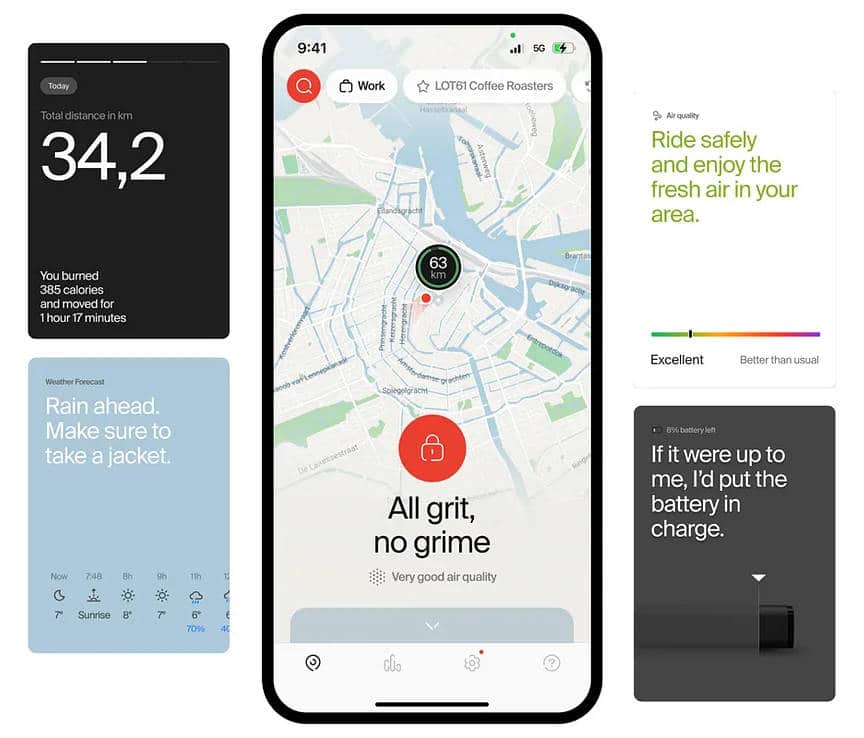
- Selecting focus areas within the digital service
Identify the key features and areas of the product or service where the AI assistant can bring the most added value. This includes defining the assistant’s boundaries to avoid overwhelming users with information and to preserve a smooth user experience. Not every part of a digital product needs to be enhanced with AI.
2. Design
- Choosing the assistant’s format
Decide on the form the AI assistant will take, whether it’s an avatar, a chatbot, a voice interface, interactive graphical elements, or a combination of these. The selected format should align user expectations and preferences with the experience’s intended goals.
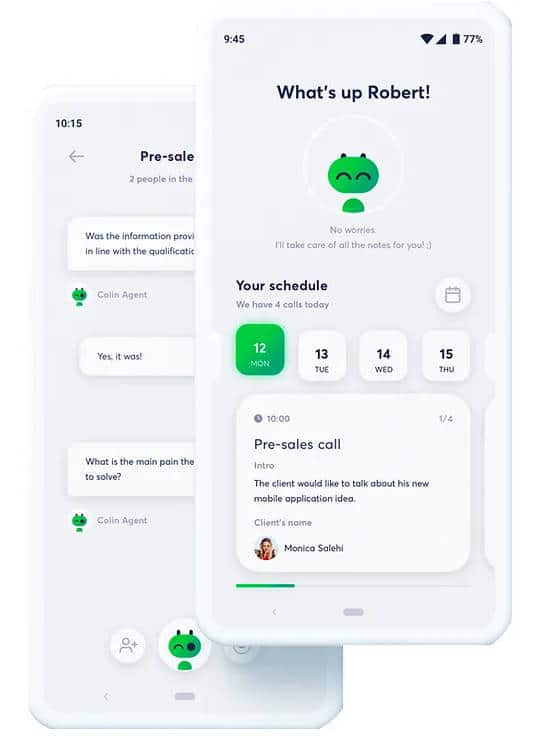
- Humanising and naturalising interactions : Incorporate design elements that reinforce the sense of natural interaction with the AI assistant, such as contextual messages, icons, emojis and animations.
Tooltips, popovers and narrative hints also contribute to a richer, more intuitive user experience.
- Verbal design : Adapt the assistant’s tone and style based on the interaction context, by developing message variations aligned with the different user personas.
This involves carefully crafting word choices, sentence structure and dialogue flow to ensure communication is clear, helpful and consistent.
- Generative user interface (GenUI) : Generative user interfaces use AI to deliver real-time, tailored experiences that respond to each user’s specific needs and context. This approach enables dynamic personalisation, where the interface evolves based on past interactions, user preferences and the current situation. Rather than focusing on static interface elements, designers can collaborate with AI to generate the ideal environment for each user. This leads to more natural, intuitive and satisfying interactions.
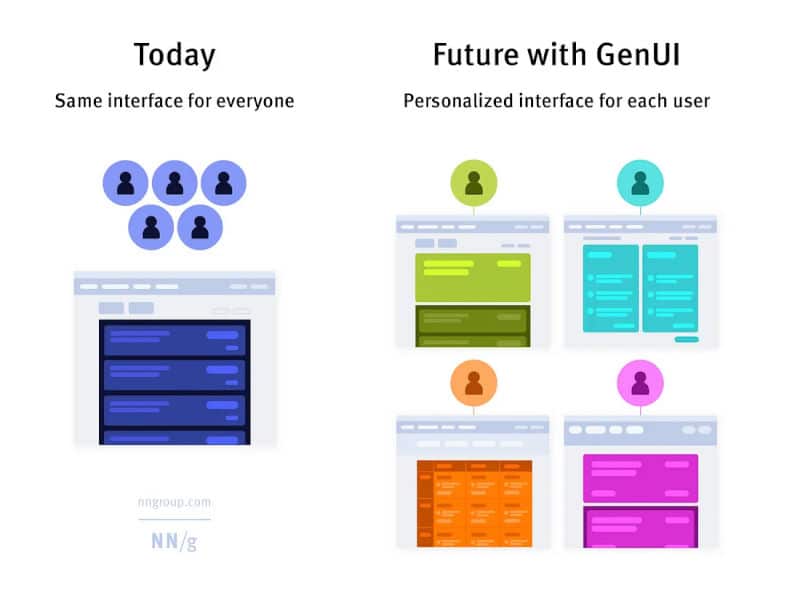
- Engagement strategies : Developing approaches to capture and retain user attention is essential when designing AI-integrated interfaces. This involves understanding user diversity and creating experiences that reflect a wide range of expectations. Engagement can be strengthened through personalised interactions, content tailored to user interests, and playful or informative elements that add value to the overall experience. By applying diverse engagement strategies, designers can not only improve user satisfaction but also encourage more frequent and deeper use of the application or service.
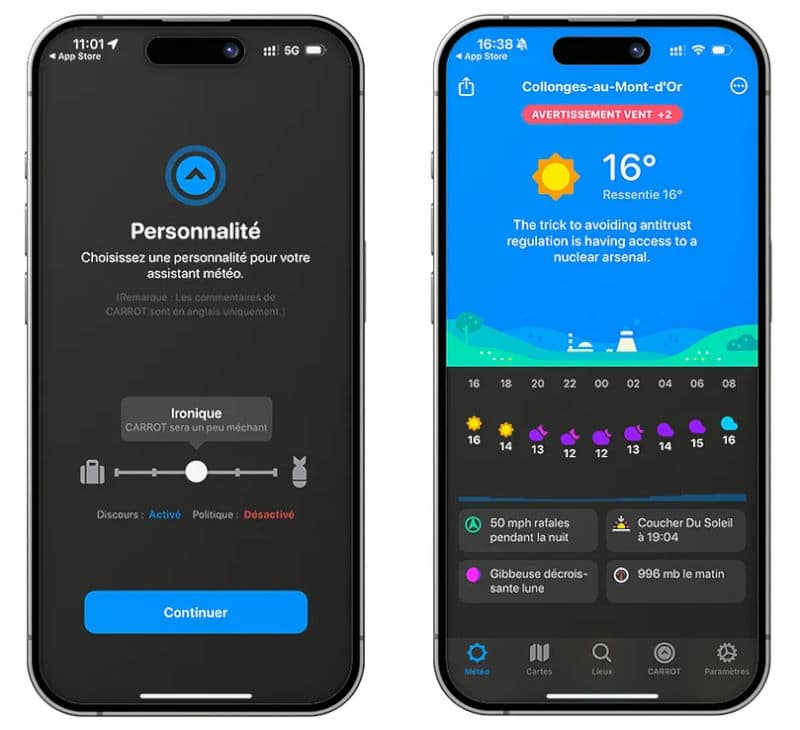
3. Testing and iteration
Conduct user testing to validate the effectiveness of the assistant and interface, using feedback to refine and improve the experience. Continuous iteration is essential to ensure the AI adapts to evolving user needs.
4. Performance evaluation
Define key performance indicators to measure the impact of the AI assistant on user experience, such as satisfaction, error reduction and increased engagement.
5. Continuous feedback and improvement
Encourage regular user feedback and use this input to continuously refine the AI experience. Adaptability and personalisation based on user feedback and behaviour trends are essential to maintaining a relevant and engaging user experience.
AI as a catalyst for richer and more personalised digital interactions
As we’ve explored the evolving landscape of AI integration in user experience, we’ve seen the nuances, challenges and vast potential this convergence brings.
Far from being just a data processing tool, AI has emerged as a powerful catalyst for enriching and personalising digital interactions, ushering in a new era of closeness between humans and machines.
As we move forward into this unprecedented age of innovation, it is essential to remain mindful of the ethical implications and challenges that come with integrating AI into user experience.
The journey from bulky computers to today’s ultra-personalized devices reflects a broader shift toward ever more intimate integration of technology into our daily lives. ChatGPT and similar technologies are not just technical breakthroughs, they symbolize a transformation in how we design human-machine interaction, opening the door to user experiences that once belonged to the realm of science fiction.
Successfully implementing AI into user experience requires a human-centred and methodical approach, one that addresses users’ needs, expectations and individual preferences. It means rethinking engagement strategies, designing with subtlety and sophistication, and embracing continuous iteration based on user feedback.
As we continue to navigate this wave of innovation, staying alert to the ethical considerations and broader impacts of AI integration will be key. By approaching these challenges with care and responsibility, we can ensure that technology continues to serve human interests in a sustainable and ethical way.
The future of user experience, shaped by AI…
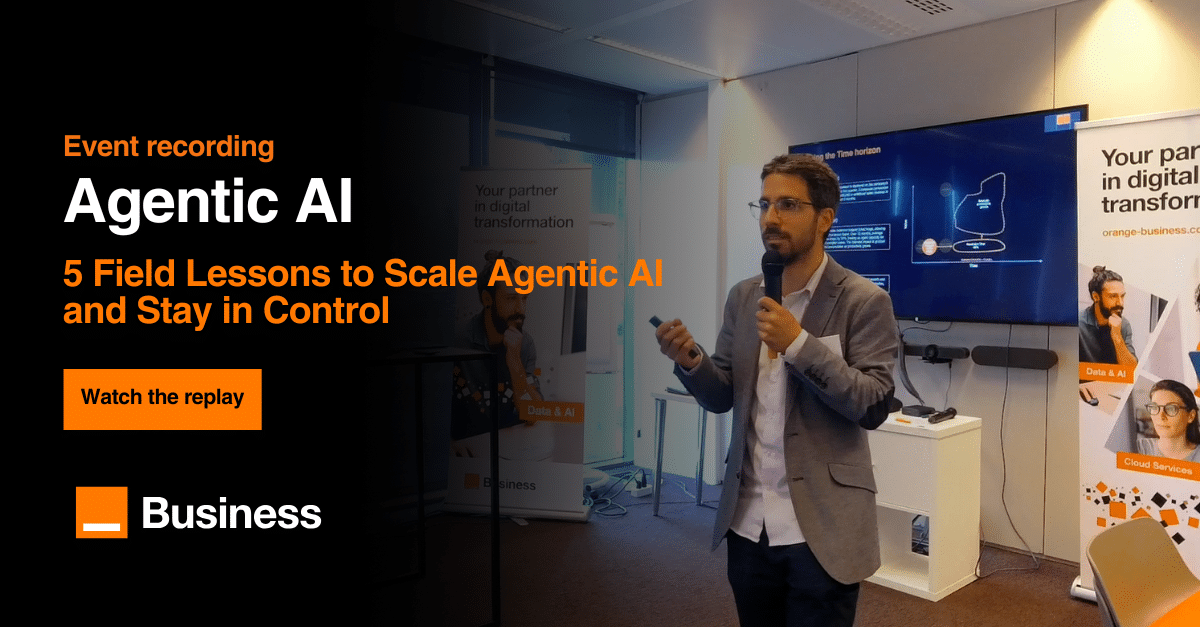




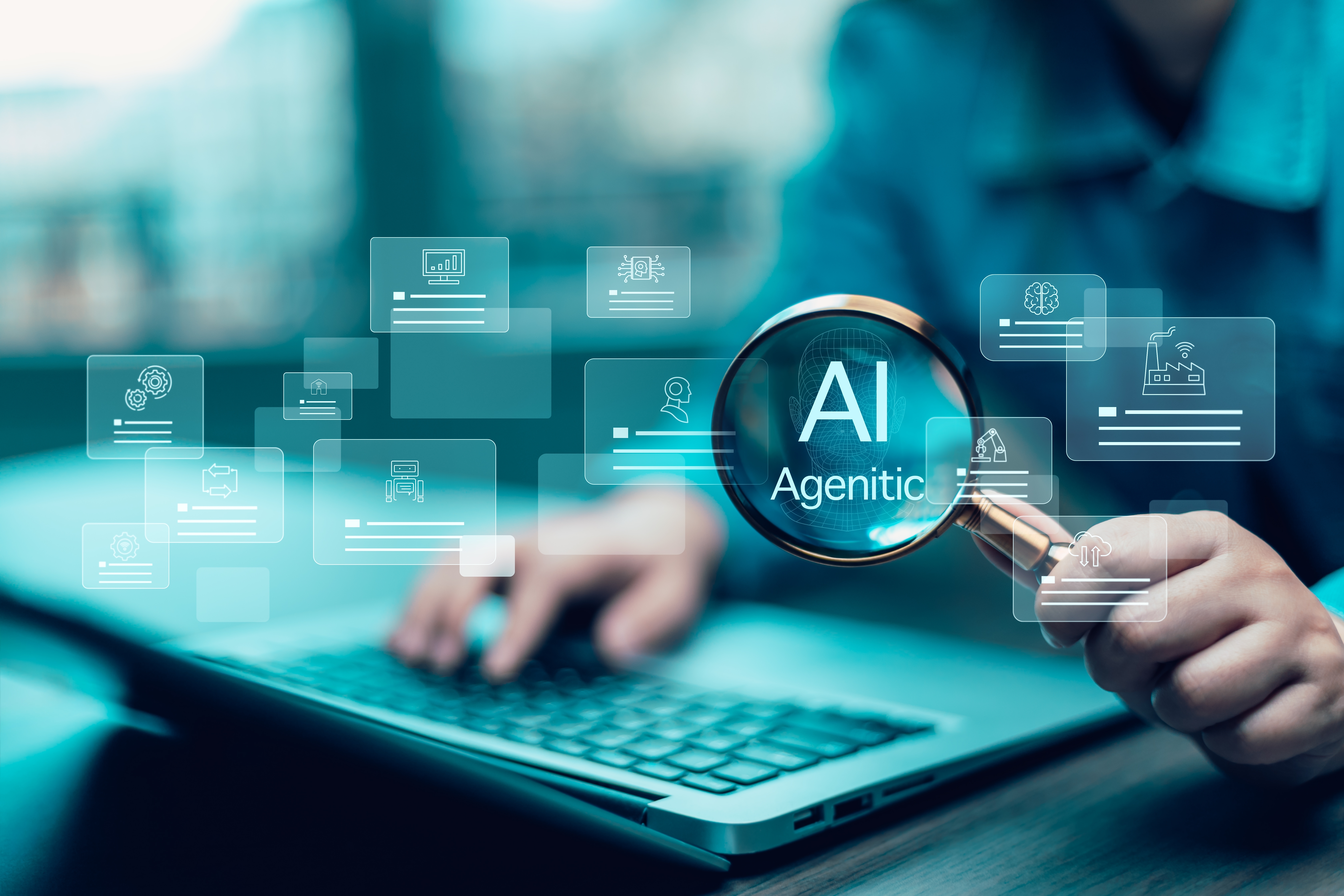

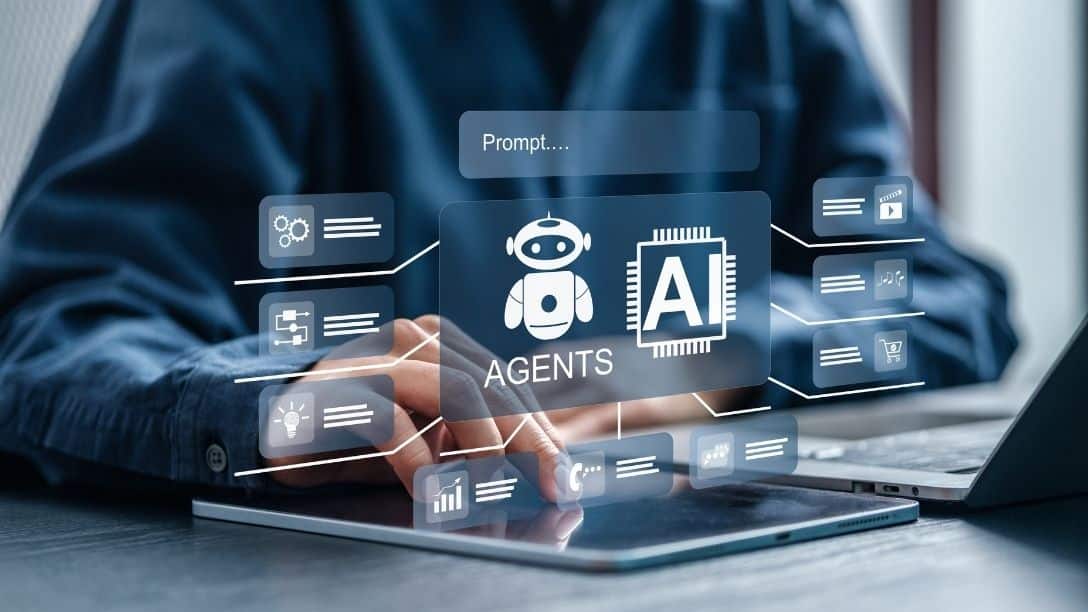






Comments (0)
Your email address is only used by Business & Decision, the controller, to process your request and to send any Business & Decision communication related to your request only. Learn more about managing your data and your rights.